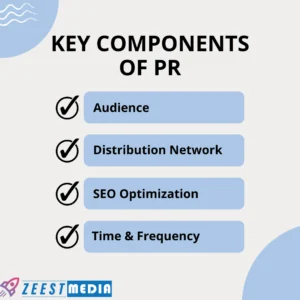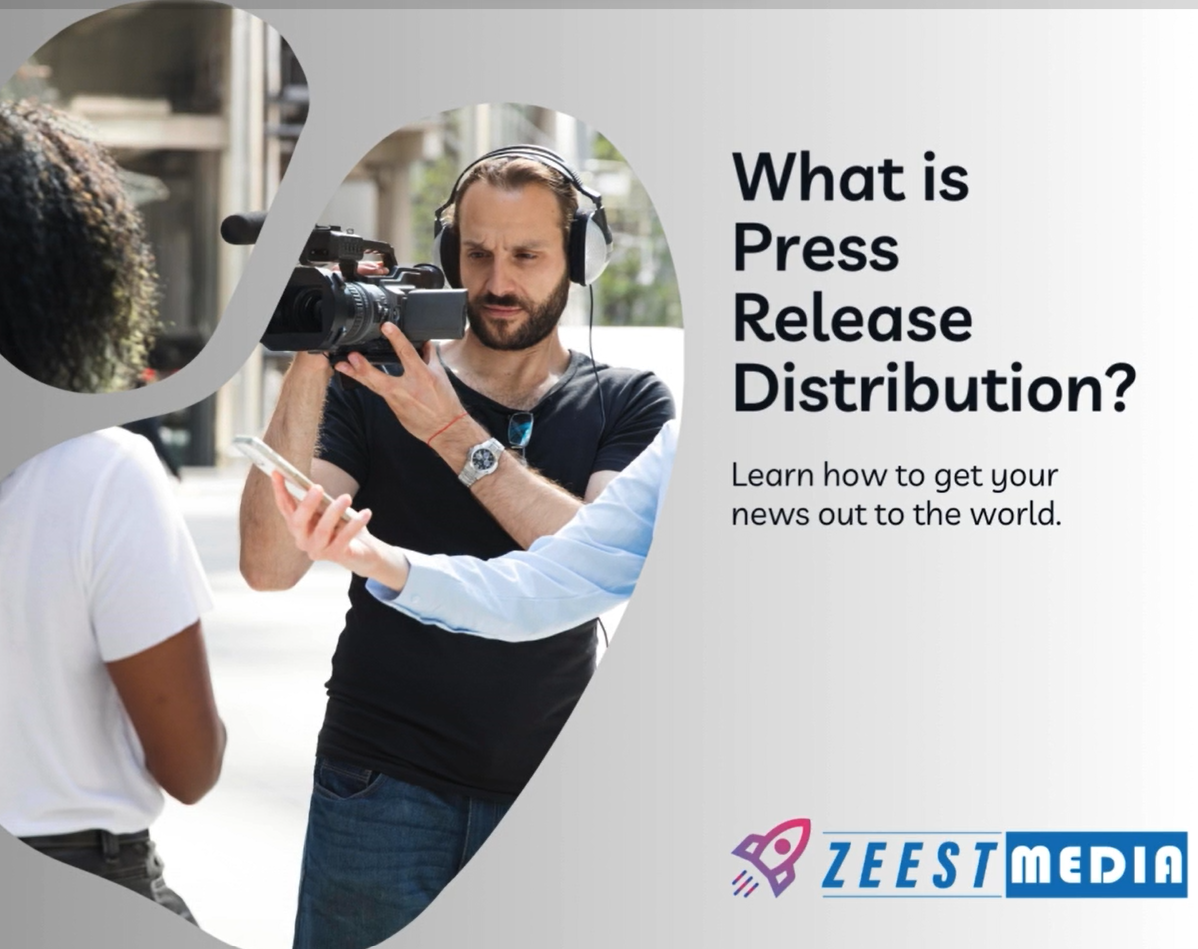Press Release Distribution
Within the sphere of public relations and marketing, the term “press release distribution” often emerges as a vital strategy for businesses aiming to disseminate important news, updates, or announcements to the media and wider audiences. This practice serves as a powerful tool to garner attention, increase brand visibility, and ultimately drive engagement. But what exactly does press release distribution entail, and how does it contribute to the broader goals of an organization? Let’s delve into the intricacies of this practice to understand its significance and mechanics.
Understanding Press Releases
At its core, a press release is a concise, well-crafted document designed to communicate newsworthy information about a company, product, service, event, or any other relevant development. It serves as a formal communication channel between an organization and the media, providing journalists with essential details and insights for potential news coverage. A well-written press release not only conveys factual information but also captures the attention of journalists, enticing them to explore the story further.
The Role of Press Release Distribution
Press release distribution refers to the process of disseminating press releases to a wide range of media outlets, journalists, bloggers, influencers, and other relevant stakeholders. The primary objective is to maximize the reach and impact of the message by ensuring that it reaches the intended audience through various channels. While traditional methods involved faxing or mailing press releases directly to newsrooms, the digital age has revolutionized distribution practices, offering a myriad of online platforms, wire services, and distribution networks.
Key Components of Press Release Distribution

- Target Audience Identification: Before initiating the distribution process, it’s crucial to identify the target audience for the press release. This could include specific journalists covering relevant beats, industry influencers, or potential customers. Tailoring the distribution list ensures that the message reaches those who are most likely to find it valuable.
- Selection of Distribution Channels: With the advent of digital technology, there are numerous channels available for press release distribution, ranging from wire services and PR distribution platforms to social media networks and email lists. Each channel offers distinct advantages in terms of reach, targeting capabilities, and audience engagement.
- Optimization for Search Engines: Crafting press releases with search engine optimization (SEO) in mind can enhance visibility and discoverability. Including relevant keywords, optimizing headlines, and incorporating multimedia elements such as images and videos can improve search engine rankings, driving organic traffic to the press release.
- Timing and Frequency: Timing plays a crucial role in press release distribution, as releasing news at the right moment can maximize its impact. Factors such as current events, industry trends, and the competitive landscape should be considered when scheduling press releases. Additionally, the frequency of distribution should be balanced to avoid oversaturation while maintaining consistent communication with the audience.
- Performance Tracking and Analysis: Monitoring the performance of press releases post-distribution is essential for evaluating their effectiveness and refining future strategies. Metrics such as website traffic, media coverage, social media engagement, and conversion rates provide valuable insights into the reach and resonance of the message.
Best Practices for Effective Press Release Distribution
- Clarity and Conciseness: Craft press releases with clear, concise language that conveys the key message effectively. Journalists receive numerous press releases daily, so brevity and clarity are paramount to capture their attention.
- Compelling Headlines and Hooks: Create attention-grabbing headlines and opening sentences that pique curiosity and compel readers to delve deeper into the story. A strong hook increases the likelihood of journalists pursuing the story further.
- Relevance and Timeliness: Ensure that the content of the press release is relevant to the target audience and aligns with current news trends. Timeliness is critical, as outdated or irrelevant information may be overlooked by journalists.
- Multimedia Integration: Supplement the press release with multimedia elements such as images, infographics, or videos to enhance visual appeal and storytelling. Multimedia assets can make the content more engaging and shareable across different platforms.
- Personalization and Customization: Tailor press releases to suit the preferences and interests of different journalists and media outlets. Personalized pitches that demonstrate an understanding of the recipient’s beat and audience are more likely to resonate and yield coverage.
For more details read HubSpot article.
Press release distribution serves as a foundational element of public relations and marketing strategies, facilitating the dissemination of important news and information to diverse audiences. By leveraging various distribution channels, optimizing content for search engines, and adhering to best practices, organizations can effectively amplify their message, increase brand visibility, and cultivate meaningful relationships with the media and stakeholders. In an era characterized by rapid digital communication and information overload, mastering the art of press release distribution is essential for standing out amidst the noise and capturing the attention of target audiences.
Submit your next press release now: Zeest Media






